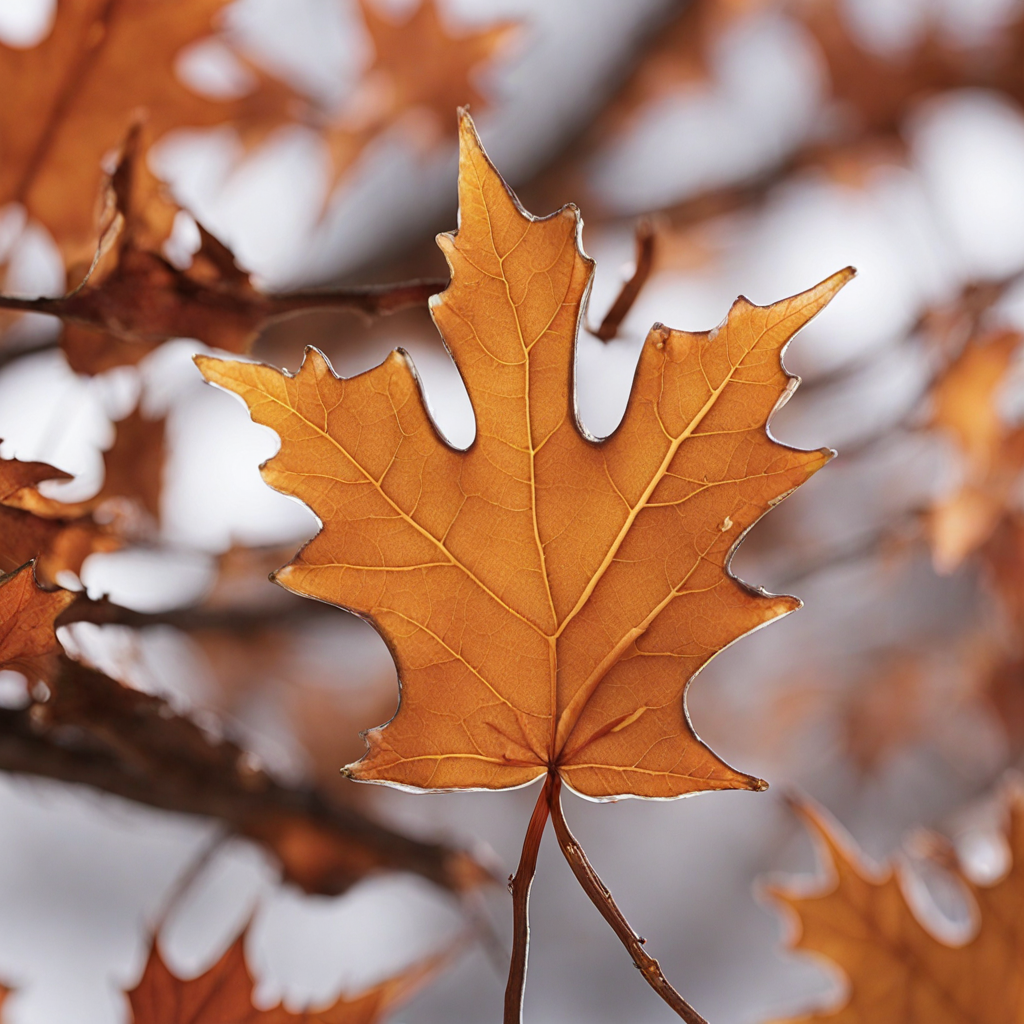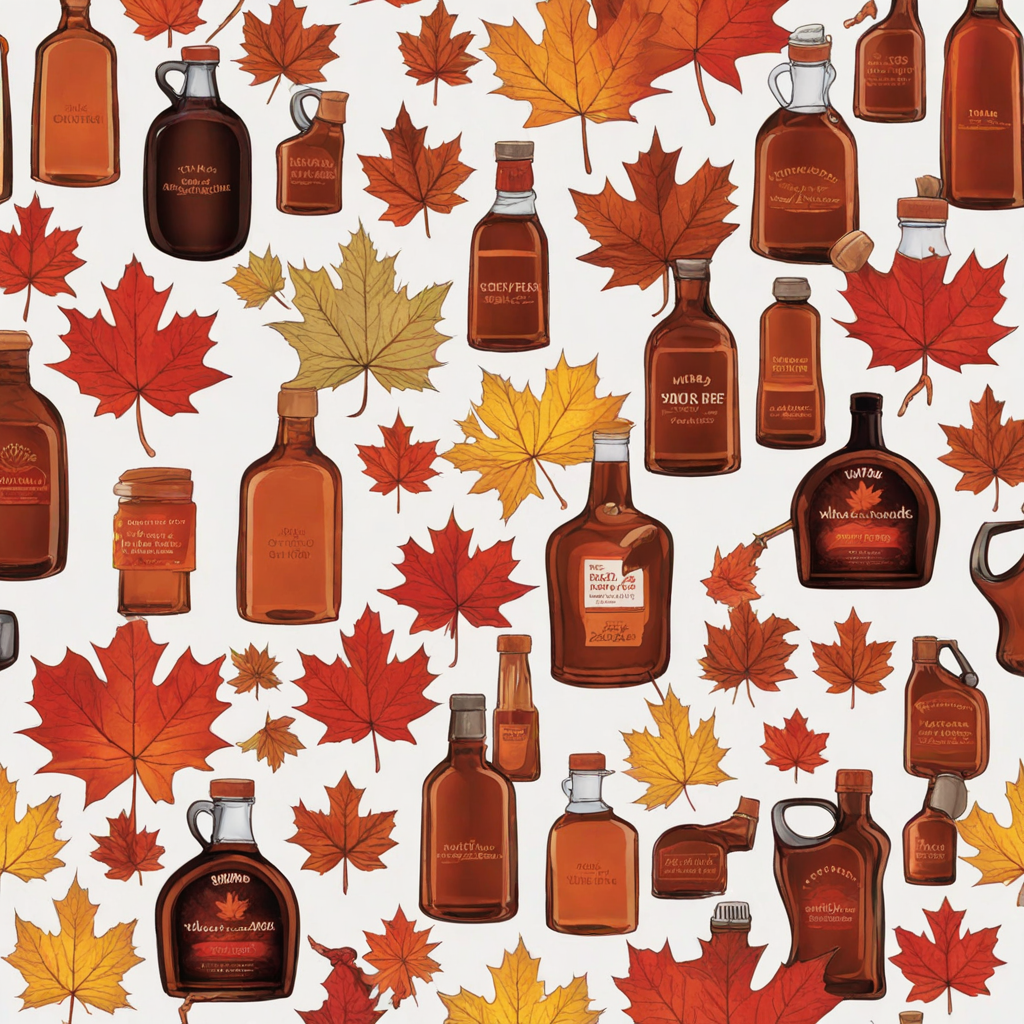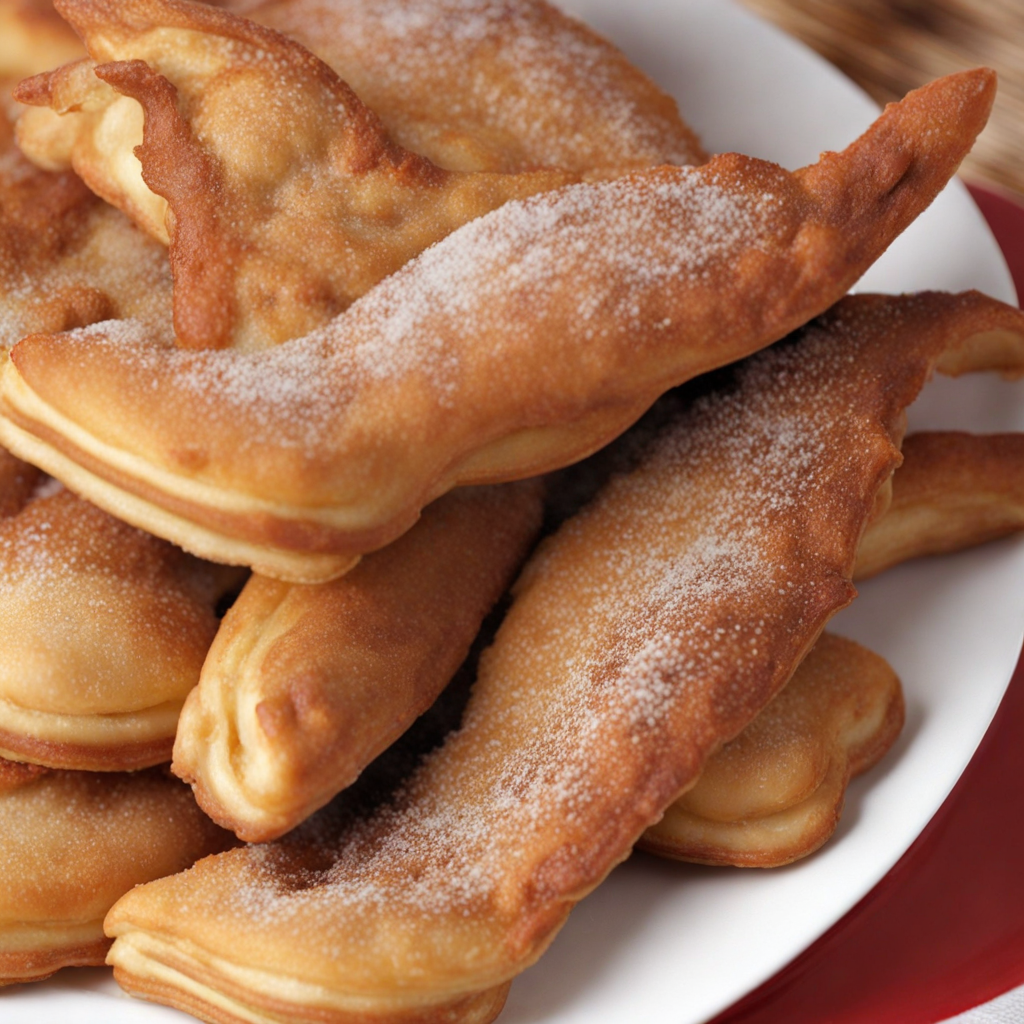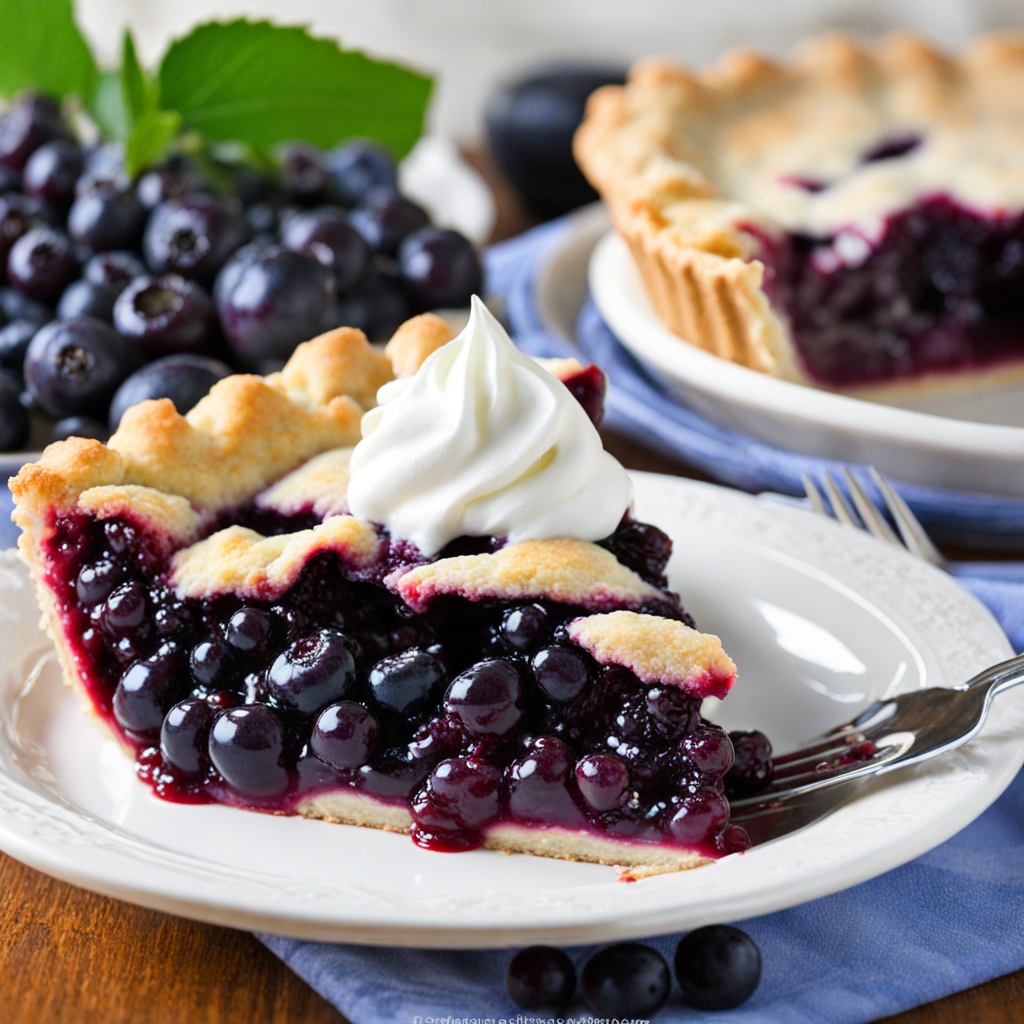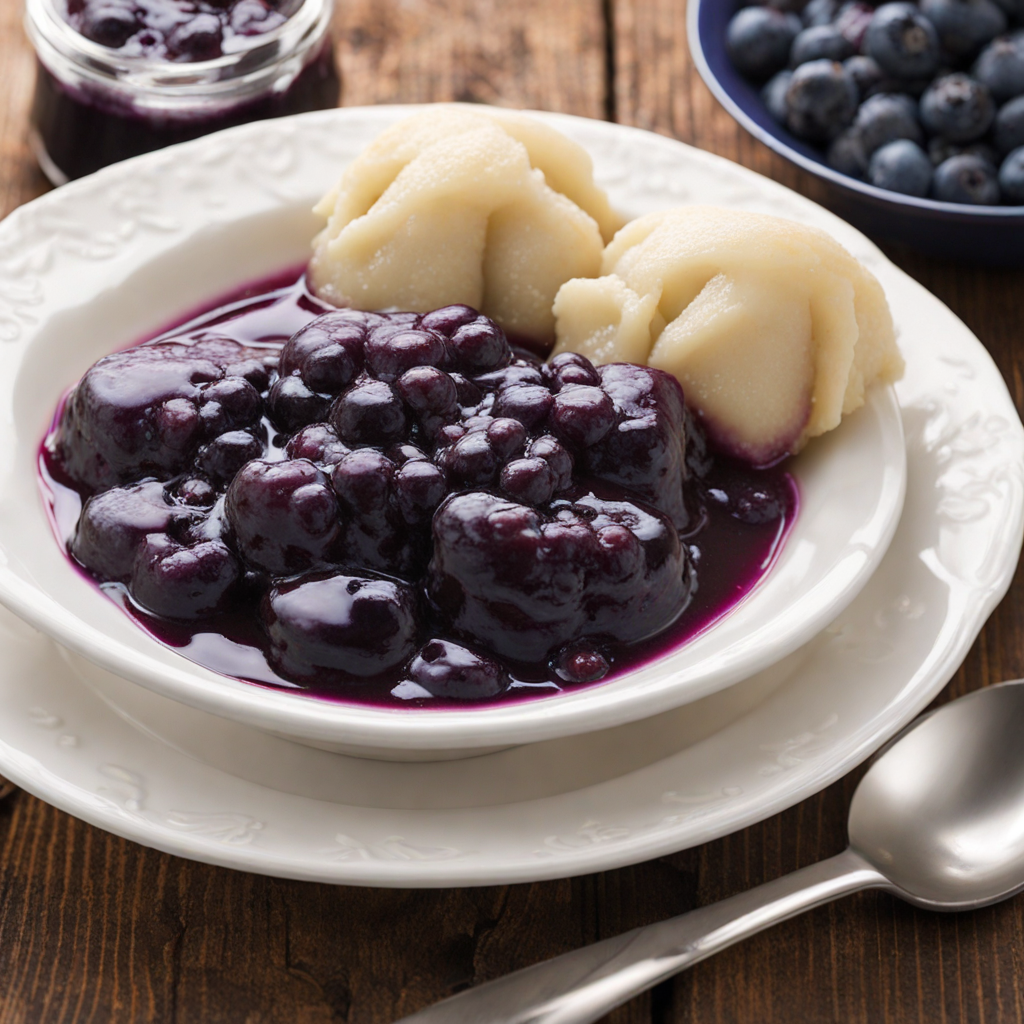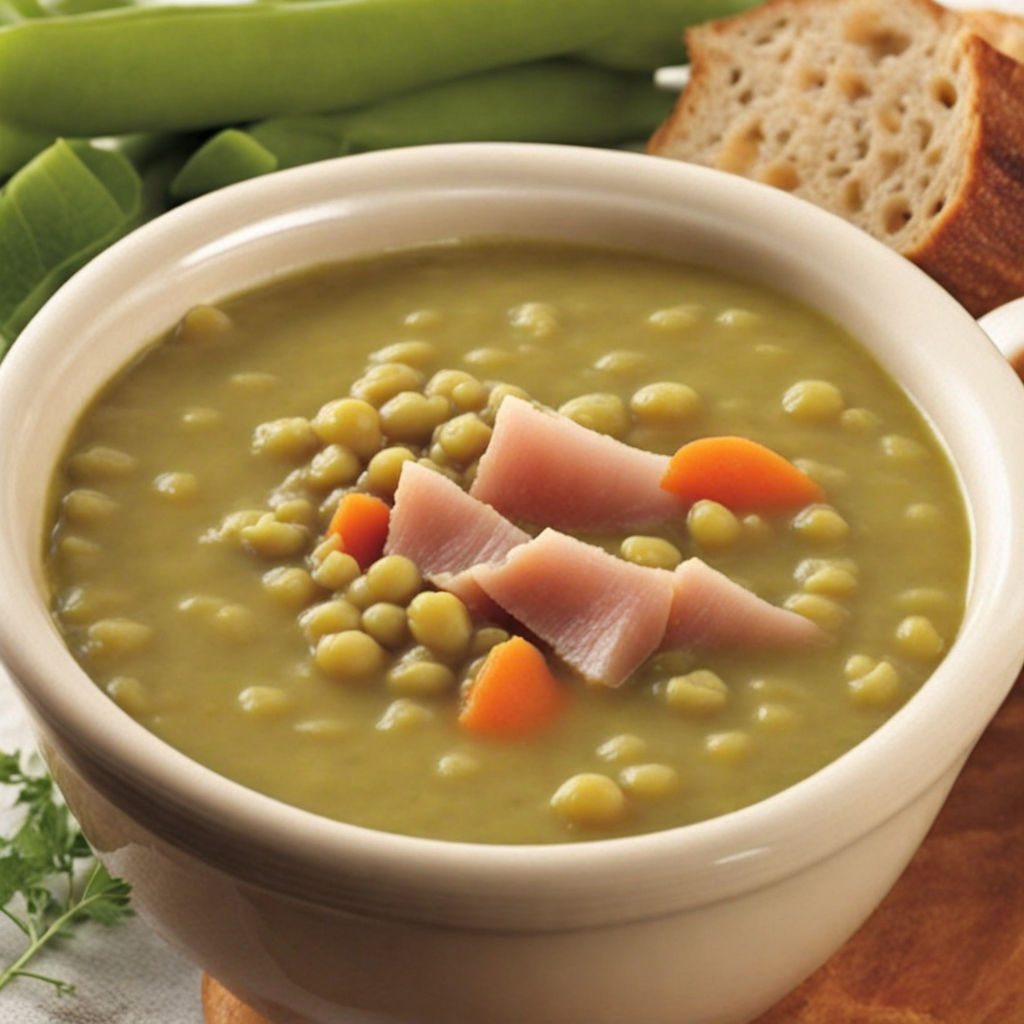Maple Syrup
Maple syrup is a uniquely Canadian delicacy that captures the essence of the country's natural landscape. This sweet, amber-colored syrup is derived from the sap of sugar maple trees, which flourish in the cold climates of Canada, particularly in Quebec. The process of making maple syrup is both art and science, involving the careful tapping of trees in early spring when the sap begins to flow. Once collected, the sap is boiled down to remove excess water, concentrating its sugars into a rich, syrupy texture that is both sweet and slightly woody in flavor. The taste of maple syrup is a delightful balance of sweetness and earthiness, with notes of caramel, toffee, and a hint of smokiness. This versatile syrup can be drizzled over pancakes, waffles, and French toast, enhancing breakfast dishes with its rich flavor. Beyond breakfast, it serves as an excellent ingredient for glazes, marinades, and dressings, adding a touch of sweetness to savory dishes. The depth of flavor makes it a popular choice for desserts, too, often found in pies, cakes, and ice creams, showcasing its adaptability in the culinary world. In addition to its delicious taste, maple syrup is celebrated for its natural qualities and health benefits. It contains antioxidants and essential vitamins and minerals, making it a healthier alternative to refined sugars. The experience of tasting authentic Canadian maple syrup is not just about the flavor but also about appreciating the craftsmanship behind its production and the connection to the Canadian landscape. Each bottle holds a story of nature, tradition, and celebration, inviting you to savor a sweet slice of Canadian culture.
How It Became This Dish
The Sweet History of Syrup d'érable: Canada’s Liquid Gold Syrup d'érable, or maple syrup, is more than just a sweetener; it is a cultural emblem of Canada, embodying the spirit of the land, the changing seasons, and the resilience of its people. The history of this delectable syrup is rich, encompassing ancient Indigenous practices, European colonization, and modern-day artisanal production. Origins: The Indigenous Connection The roots of maple syrup production stretch back thousands of years to the Indigenous peoples of North America. Long before European settlers arrived, Native American tribes, particularly in the northeastern woodlands, had discovered the sweet sap of the sugar maple tree (*Acer saccharum*). They would tap the trees in early spring, when the nights were still cold, causing the sap to flow. Using primitive tools, such as hollowed-out logs or birch bark containers, they collected the sap and then heated it in stone cauldrons over open fires to evaporate the water, resulting in a thick, sweet syrup. For the Indigenous peoples, maple syrup was not just a food item; it held cultural and spiritual significance. The sugar maple tree was considered a gift from the Creator, and the tapping of the trees was often accompanied by rituals and celebrations. The syrup was used in various ways, from sweetening foods to serving as a vital energy source during the long winters. European Influence and Colonization When French explorers arrived in North America in the early 17th century, they encountered the Indigenous peoples and their practices of harvesting and processing maple sap. Fascinated by the sweet elixir, the French settlers adopted and adapted these methods, leading to the expansion of maple syrup production. The first recorded European mention of maple syrup dates back to 1691, when a Jesuit missionary wrote about the Indigenous people’s practices in what is now Quebec. As the French established settlements in Canada, particularly in Quebec, they began to cultivate sugar maple trees and develop their own techniques for producing syrup. By the early 18th century, the French influence on maple syrup production was evident, with the establishment of sugar camps and the introduction of metal containers for sap collection, which replaced the traditional bark vessels. The Rise of Commercial Production The 19th century marked a significant turning point in the history of maple syrup. The Industrial Revolution brought technological advancements that transformed the production process. Innovations such as the introduction of metal taps, vacuum pumps, and evaporators allowed for more efficient sap collection and processing. The first commercial maple syrup production in Canada began around this time, and the industry rapidly expanded. In 1850, the first commercial maple syrup factory was established in the Eastern Townships of Quebec. This development marked a shift from individual, small-scale production to larger, more organized methods of syrup extraction and processing. As demand grew, particularly from the United States, Canadian producers began to export their syrup, establishing Canada as a leading producer of maple syrup. Cultural Significance and Festivals Maple syrup has since become a symbol of Canadian identity. It is celebrated not only for its delightful flavor but also for the sense of community it fosters. The arrival of spring, marked by the sap's flow, is a time of renewal and celebration, culminating in the annual sugaring-off season. During this time, sugar shacks (cabane à sucre) spring up across Quebec and other maple-producing regions. These rustic establishments serve as gathering places for families and friends to enjoy traditional meals featuring maple syrup. Popular dishes include pancakes, crepes, and even meat dishes glazed with syrup. The sugar shack experience often includes live music, storytelling, and, of course, the sweet aroma of boiling sap wafting through the air. In addition to local celebrations, Quebec hosts the annual "Festival de l'érable," which celebrates all things maple. Visitors from around the world flock to partake in the festivities, indulging in maple-infused delicacies and learning about the history and techniques of syrup production. This festival, along with many others, highlights the importance of maple syrup in Canadian culture and its role in the agricultural economy. Modern Developments and Sustainability Today, Canada is the world’s largest producer of maple syrup, accounting for approximately 71% of global production, with Quebec leading the way. The industry has evolved, embracing sustainable practices to ensure the health of sugar maple forests and the longevity of syrup production. Many producers now adopt eco-friendly techniques, such as using renewable energy sources in their operations, maintaining healthy forest ecosystems, and implementing responsible tapping practices to prevent overharvesting. Moreover, the rise of artisanal producers has brought a renewed interest in diverse flavors and production methods. Craft producers experiment with different tree species, aging syrup in barrels that previously held whiskey or bourbon, and offering a variety of unique products, such as maple sugar, maple butter, and even maple-infused beverages. This artisanal movement has not only diversified the market but has also educated consumers about the intricacies of syrup production and the importance of supporting local producers. Global Recognition and Future In 2012, UNESCO recognized the cultural significance of maple syrup by inscribing the “Traditional Quebec Maple Syrup Production” on the Intangible Cultural Heritage list. This acknowledgment underscored the importance of preserving traditional practices and knowledge associated with maple syrup production. As we look to the future, the maple syrup industry continues to adapt to changing consumer preferences and environmental challenges. Climate change poses significant risks to sugar maple trees and the conditions necessary for sap production. Producers are increasingly focused on research, innovation, and education to safeguard this cherished tradition. Conclusion Syrup d'érable stands as a testament to the rich interplay of Indigenous knowledge, European influence, and Canadian ingenuity. It is a sweet reminder of the land, the seasons, and the resilience of communities that have thrived around this golden elixir. As maple syrup production continues to evolve, it remains deeply rooted in cultural significance, reflecting a legacy of tradition, craftsmanship, and connection to nature. Whether drizzled over pancakes, stirred into coffee, or enjoyed straight from the bottle, maple syrup embodies the essence of Canada—sweet, rich, and undeniably unique.
You may like
Discover local flavors from Canada


